Glenmorangie Companta Private Edition
Comp(lexArtei)n-ta
0 988
 Review by @vanPelt
Review by @vanPelt
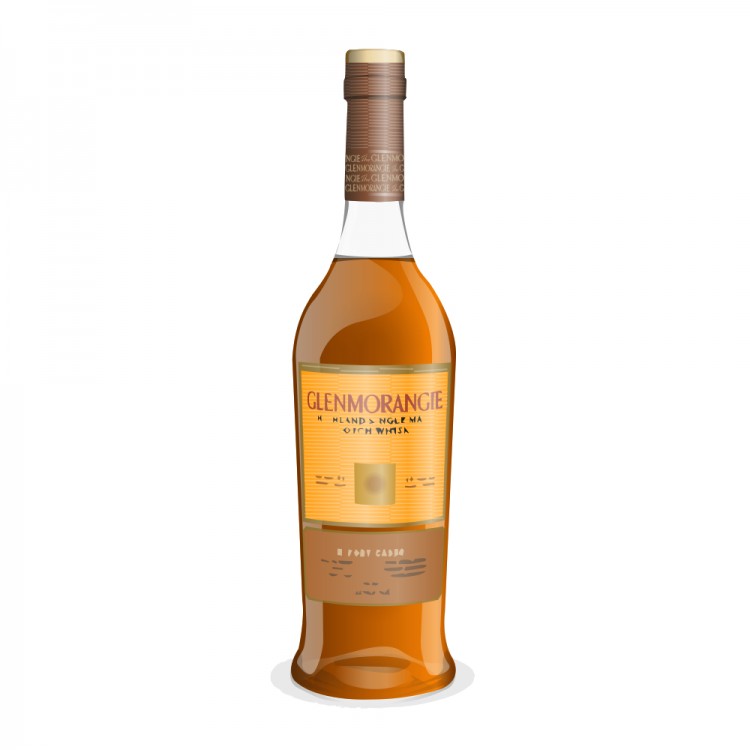
- Nose~
- Taste~
- Finish~
- Balance~
- Overall88
Show rating data charts
Distribution of ratings for this:
- Brand: Glenmorangie
- Type: Scotch
- Region: Highland
- ABV: 46%
Is it as complex as the title...?
I have enjoyed most of Glenmorangie's Private Editions, and I especially looked forward to the Companta after reading early tasting notes. Since the malt did not taste quite as I expected, and because you may not find a reasonably priced bottle, I will lengthen my review to more fully convey the experience. In short: yes the Companta is complex, as often depicted, but it is drier than you might infer from the 'fruits & chocolate' descriptions appearing elsewhere. You should really try to taste a sample of this one, before splurging at an inflated price.
The experience shifts with time, so I’ll cover different time-points of a poured glass; and then I will also describe the bottle after it has improved from oxidation.
Color: Let's get this straight. The tone might seem reddER than standard scotch, but it is silly to call it “cherry red”, by any objective measure. Put an actual cherry red placard next to a dram of the Companta, and you'll see that this terminology is ridiculous. After all, it is still a "brown spirit". It is, simply, an orange-brown shade of copper.
Notes from the fresh bottle (Score 85):
“Cold Nose”: Strawberry vanilla ice cream.
Nose: Raspberry jam and cracked black peppercorns. Later, some subtle cocoa powder. (The peppercorns resemble dried twigs and pine-needles; and a slow inhale is soil-and-roots “earthy”.)
Development: Becomes creamier and less peppery. Cocoa and creamsicle emerge by 20 minutes, along with accents of orange zest and spearmint. A mushroomy vanilla appears by 30 minutes. I like the nose, but it evokes more intrigue than raw enjoyment, requiring maybe 45 minutes to bring most value.
Palate: Enters with apricot/sour-cherry/raspberry on the tongue, and dry black-pepper (twigs) in the cheeks. Then almost no fruit: Instead, a battle between tongue-tip smoothness (tobacco-strands/cocoa/malt) and raw, hard, organic tannins elsewhere (the cheeks and back of tongue)— rather like sarsaparilla and (dried) black limes. You could think muscovado flavors, but in fact it's very dry.
Development: Similar but smoother after 20 minutes. Less peppercorn, more creamsicle and sarsaparilla, plus vague mushroom umami towards the finish. The hard tannins resolve now to allspice and juniper/coniferous forest-spices.
Finish: Pine and black pepper throughout the back and nose. Tannic raspberry vanilla on the tongue.
Development: Similar but softer after 20 minutes; more like clove and leathery/earthy tobacco. Minutes after sipping, mushroom/tobacco-strand remains on the tongue.
Overall: For those who would most appreciate this, the Companta’s main point of intrigue is not wine-sourced fruits, but rather the unusual "forest spice" elements.
Notes from opened bottle, kept 80% full from 1 week up to 3 months:
Nose: Light and creamy. Compote of strawberry/rhubarb/raspberry dusted with cocoa powder; and root beer float, with detectable spearmint. Dynamic and Excellent.
Compared to the fresh bottle: Now, the vanilla-laden scents dominate from the start— whereas the originally prominent raspberry-jam and peppercorn/twigs (and trace mushroom) now appear only in built-up vapors, inhaled slowly (I am glad they can still be accessed); otherwise these have now softened to cocoa and sarsaparilla. Overall, oxidation was a positive development— less pricklingly spicy, and rather thicker (and sweeter).
Palate: Enters citric strawberry/apricot on the tongue; and as soon as the spirit hits your soft-palate, it gets peppery/twiggy raspberry, prickly and drying. This continues: the tongue tip feels the smoother fruits mostly, but elsewhere (cheeks/soft-palate/nose) it’s that challenging set of tannins. As the glass breathes, these tannins tame into gentler cocoa/clove/sarsaparilla.
The interplay and oscillation, of berries on the tongue and drying peppercorn elsewhere, are what give the Companta its complexity. For my ideal preferences, the peppery dryness is still excessive, but it is partly compensated by the high quality of the rest of the experience.
Finish: Dried cheeks from tannins (peppercorn and grape skin); a sensation of sarsaparilla around; plus tobacco (and vanilla) in the throat.
I was not comfortable to recommend owning the fresh bottle; but I can recommend the aged one. This malt’s development has probably plateaued; I had also left a half-filled sample vial to oxidize for the three months, and it provides exactly the same experience. Compared to a pour from the brand new bottle left for 45 minutes, the months-old bottle is fruitier on the tongue and the experience is overall softer— which for me was a needed improvement.
Summary:
Yes, this is challenging and complex, and it is an acceptably good addition to Glenmorangie’s prestigious Private Edition series. However, it is not the malt-of-my-dreams that I expected on the basis of marketing and early reviews. This is not a cherries and chocolate treat that happens to have accenting forest spices; it is also not the wine-finished conjugate of Glenmorangie’s Sonnalta. Instead it is a dry, tannic malt, more for pondering than for hedonism.
Artein:
Along with many others, I really enjoyed Glenmorangie’s earlier wine-finished expression, the Artein (which I think should be called “Artanta”). So I was looking for a good comparative assessment; here’s mine: I can recognize Artein-related elements in the Companta, for sure (raspberry and vanilla, and even mint), especially the nose. And the tongue even picks out similar fruits. But if the Artein was raspberry with "light" tones (vanilla, custard, apple), then the Companta is raspberry with “darker”, spiced tones (peppercorn, sarsaparilla, clove). I find that I assign the same overall rating to the two, so the difference is really about mood: will you take light custard or will you focus on dry complexities? I can foresee wanting the Artein as my late-summer malt, and wanting the darker Companta notes to complement the cool early-autumn air.
Comparison:
Aside from the less-dry Artein, the only similar malt I have experienced is Macallan’s Ruby expression. And they are actually quite similar. I recall the Ruby being lighter and more subtle, but they both share the unique pepper-and-red-fruit theme. The Ruby does have some different flavors: more grape and walnut, rather than sarsaparilla and tobacco. Both are excellent, but for me the Companta just barely wins, because the experience is richer rather than delicate. (The difference is at least partly due to weaker ABV.)
Find where to buy Glenmorangie whisky
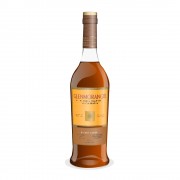
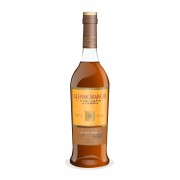
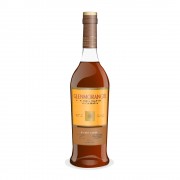
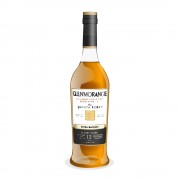




Two other Connosrs have reviewed this so far:
connosr.com/reviews/glenmorangie/…
connosr.com/reviews/glenmorangie/…